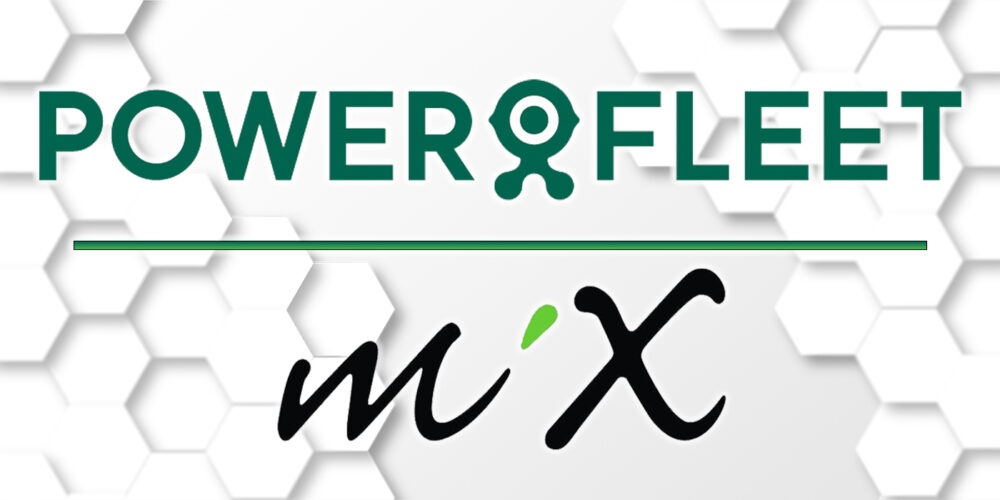“Back in 2007, when compulsory electronic logging devices [ELDs] were first proposed, the trucking industry pondered the impact. The ruling would have required ELDs to be installed on any carrier that recorded a certain number of hours-of-service [HOS] violations,” says Kelly Frey, vice president of products marketing for Telogis. ”However, a federal court case prevented it from coming into effect. Of course, that was just the start of FMCSA’s push for mandatory ELDs and more changes were looming.
MAP-21 introduces more changes to ELD
The Moving Ahead for Progress in the 21st Century Act (MAP-21) was enacted on Oct. 1, 2012, and broadened the scope of ELD installations to include all CMV carriers who log hours of service, potentially impacting more than three million drivers. MAP-21 is the latest development in proposed ELD changes that have been years in the making, the subject of much controversy and federal court cases, with proponents, skeptics and critics all weighing in on the debate. Despite the to and fro happening in legislative circles, ELDs will be a reality for all CMVs in the not-too-distant future. Should fleets get ahead of the curve and install ELDs now rather than having the change forced on them?
“If you see an ELD as simply an electronic HOS logbook then you may not see any reason to make the switch sooner than needed,” Frey says.”It might improve the efficiency of roadside inspections or DOT audits, but that’s not enough to warrant deploying a fleet-wide ELD solution. When seen as a component of a more comprehensive fleet management solution, an array of incentives enters the picture:
1. Better maintenance scheduling: With a growing number of vehicle manufacturers following the lead set by Volvo and Mack Trucks that have or are in the process of installing ELDs, there is the opportunity to extract more detailed, real-time information on vehicle health.
2. Less harsh braking: A safer, less wasteful driving style can improve fuel economy by 30%.
3. Decrease speeding: When monitored using an ELD, some fleets have seen up to a 90% reduction in speeding incidents.”














